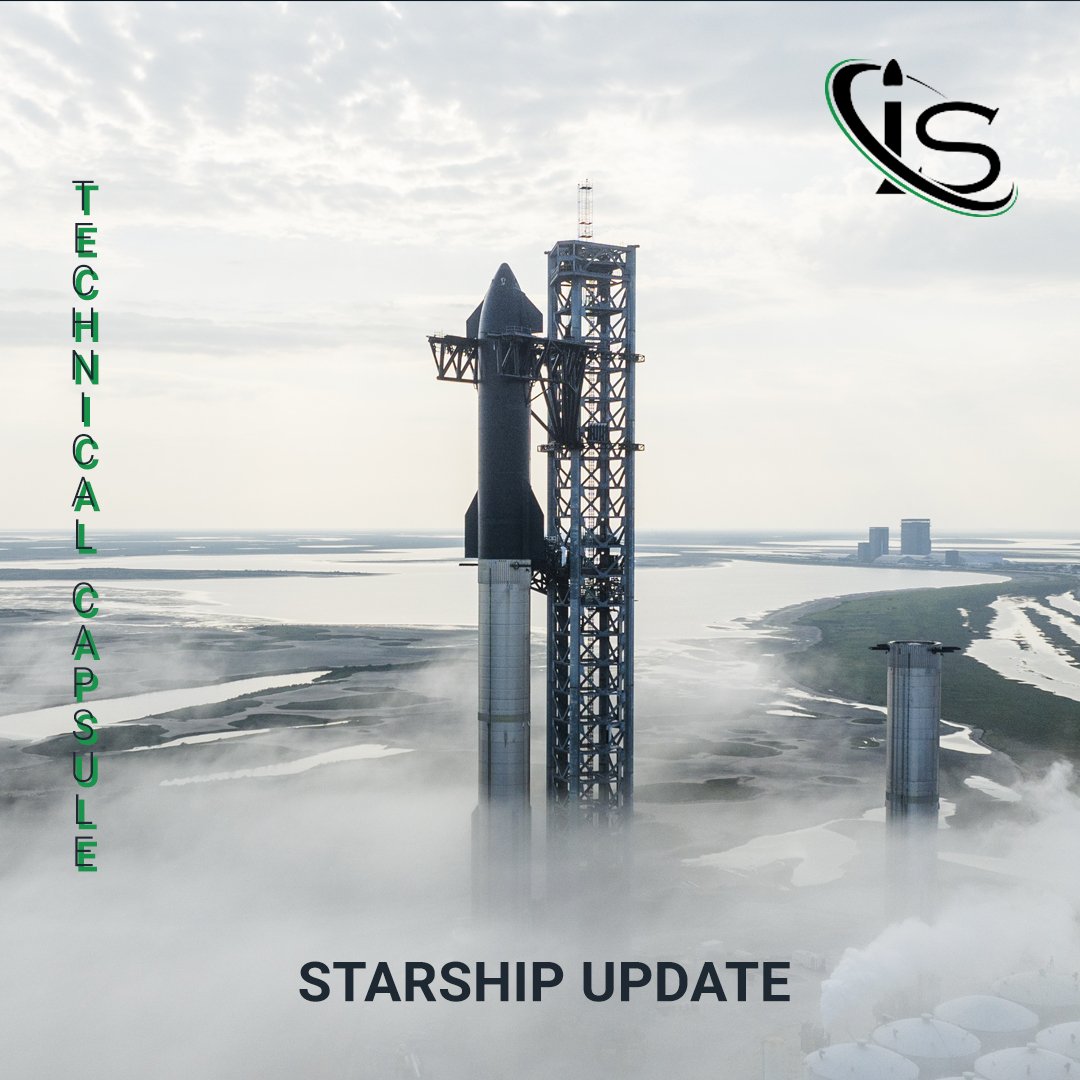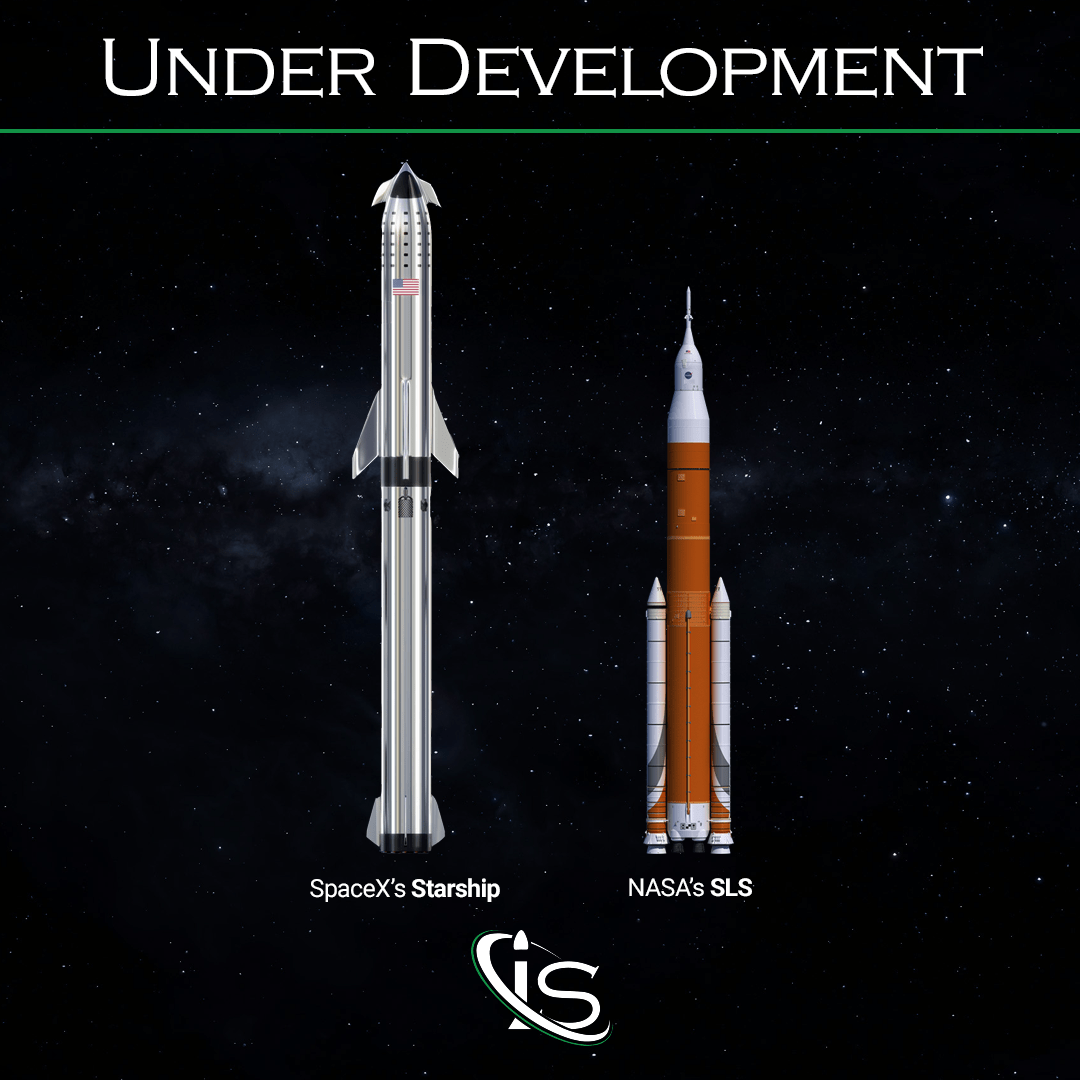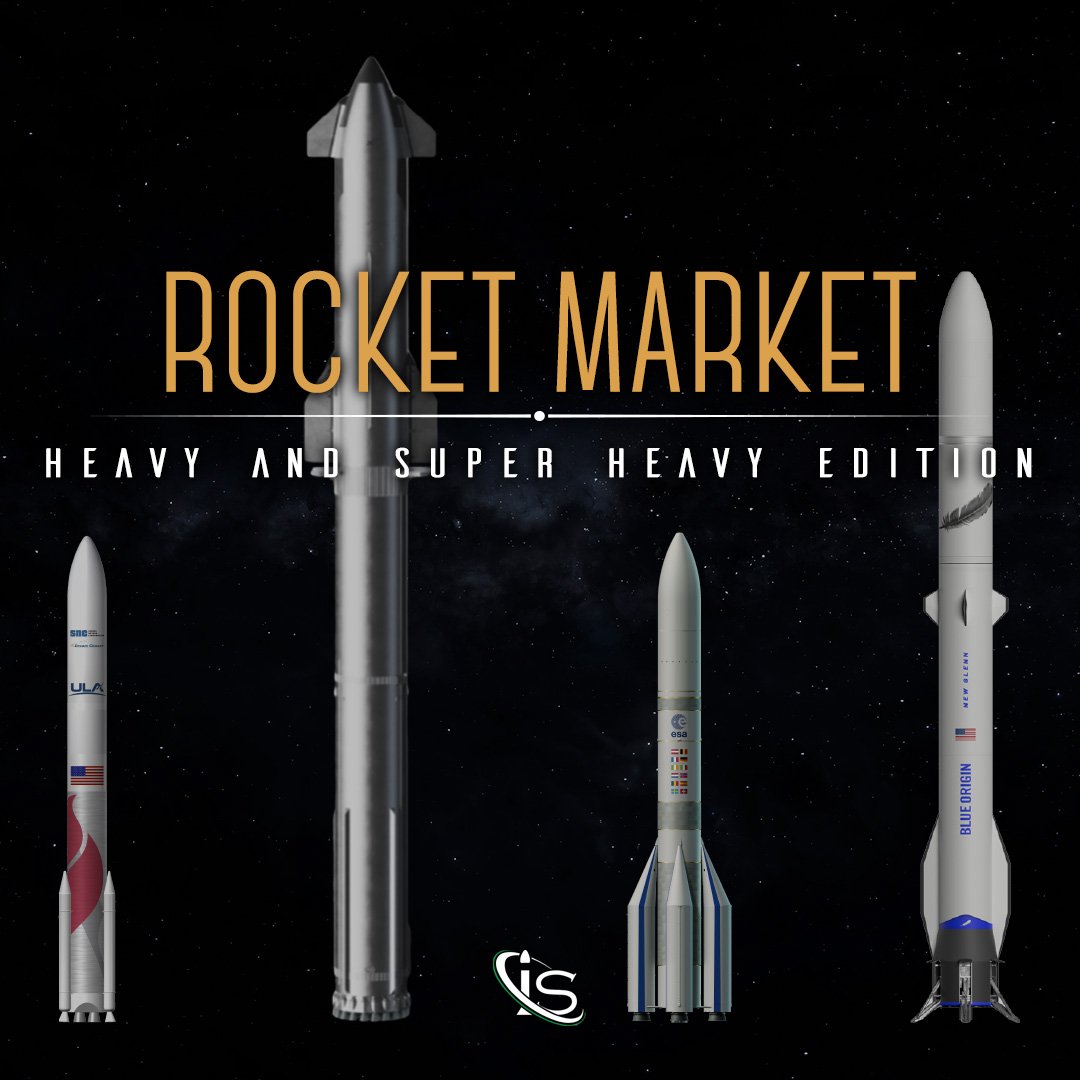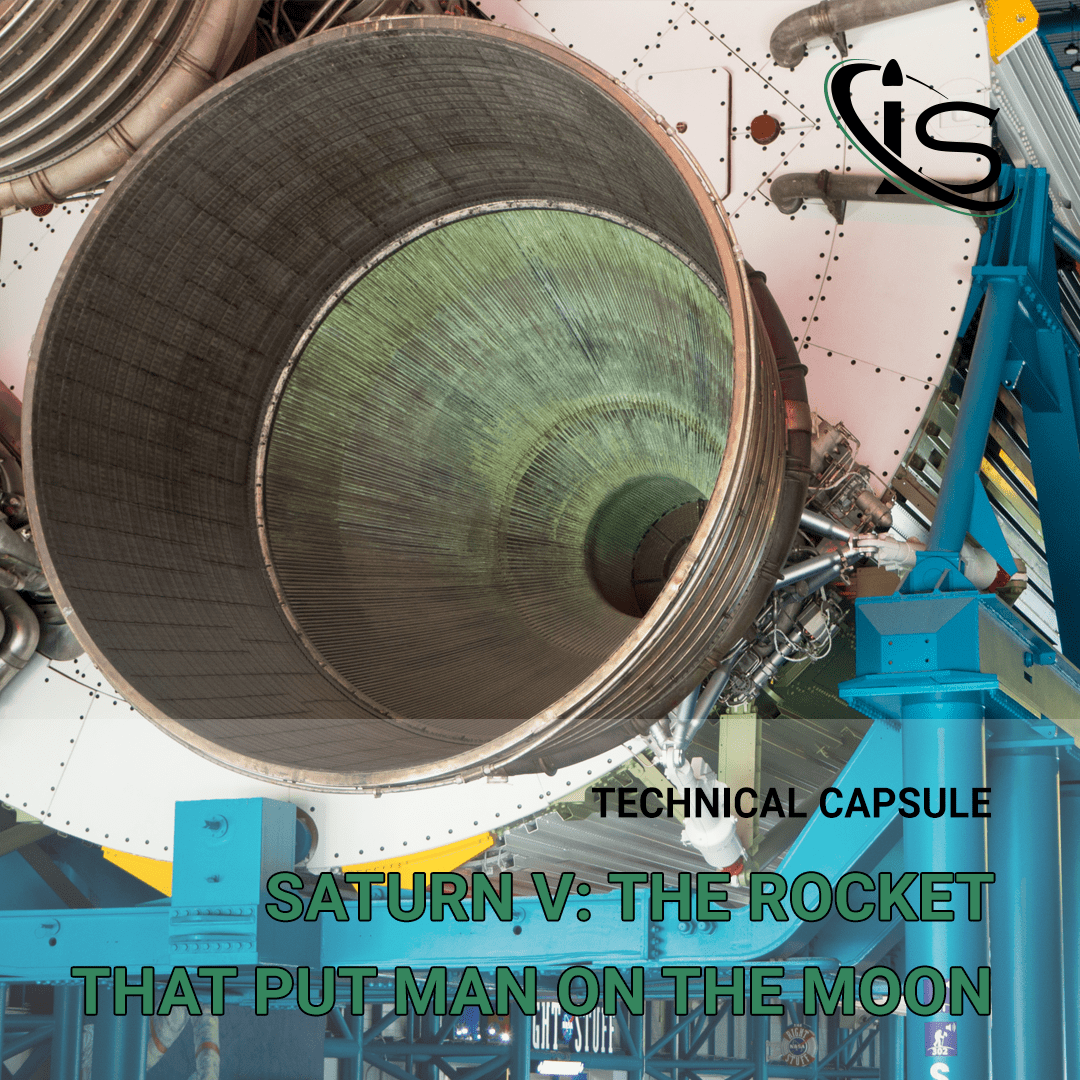Welcome to another of our technical capsules where we compare different rockets to each other. And this time we are tackling two big ones (figuratively and literally). So get ready for Starship vs Saturn V. The only other difference with this comparison and the other ones is the author. But I promise to do my best to make this just as entertaining and informative as my colleague, Giulia, does.
In any case, today, we are going to be discussing two very important rockets, one from the past and one from the present. And future, really, because SpaceX’s Starship has yet to have a successful launch. Regardless, Saturn V is what took man to the Moon, while Starship is poised to take man to Mars, so it seems only right to discuss them together. And, as always, this is in no way meant to determine whether or not one is superior to the other. Instead, we are simply going to discover more about the similarities and differences between these two machines.
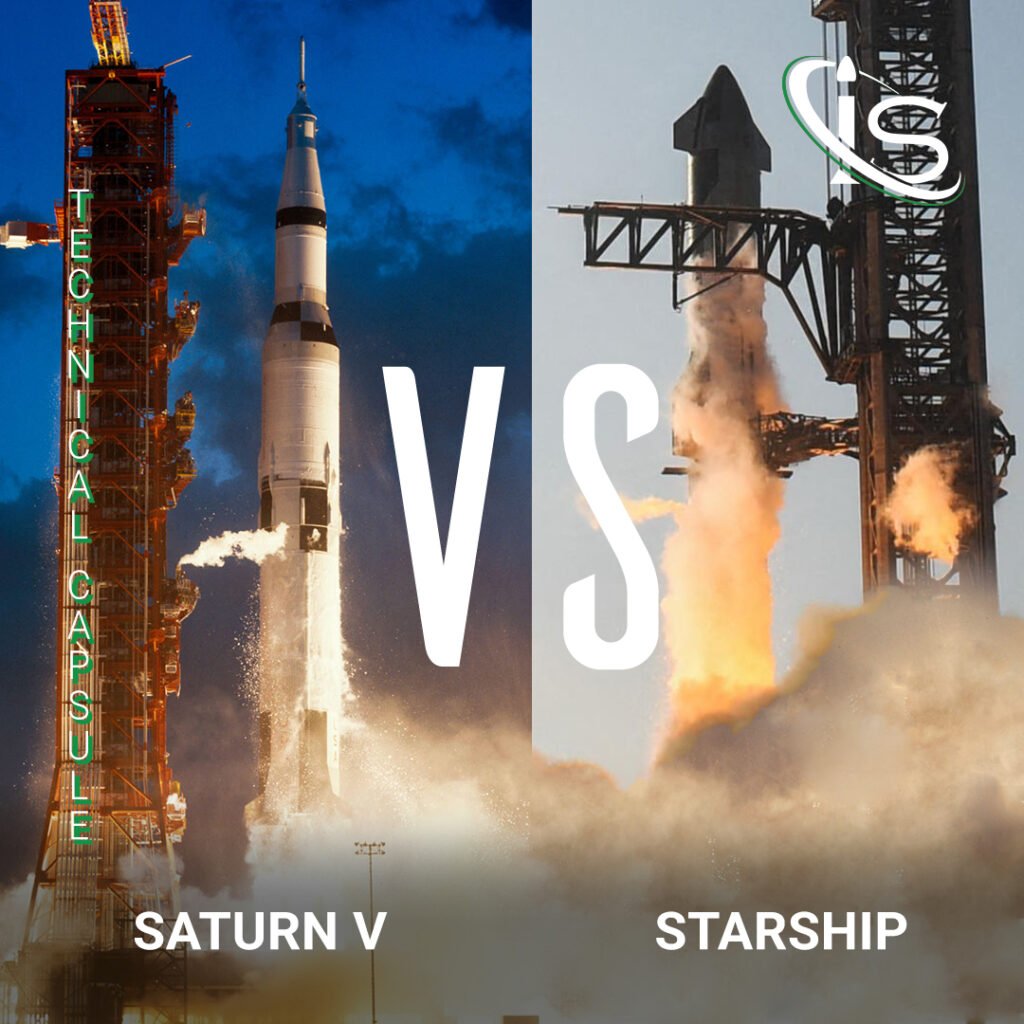
Their Missions
Let’s start this off with each rocket’s main objective. Saturn V — as I pointed out before — was the rocket used in the Apollo missions that got man on the Moon. The first time it was utilized was the Apollo 8 mission. However, it was not until the famous Apollo 11 one — which we will do a historical milestone on very shortly — that it achieved its objective of getting an astronaut to our satellite. It then flew for another 6 missions, Apollo 12-17. All of these achieved their objective of getting a crew back to the Moon, except for Apollo 13, which was forced to return to Earth early due to a fault with the Apollo spacecraft.
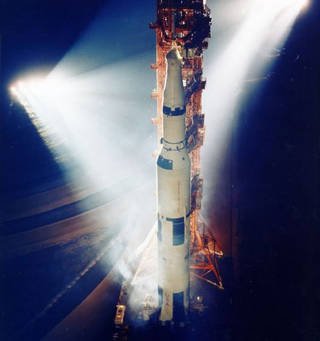
As for Starship, it is the flagship for SpaceX’s program centered around getting man to Mars. Due to the nature of this herculean task, many launches need to be made in rapid succession. After all, SpaceX is trying to not just take man to the red planet, but the materials needed to build a city, as well. This has led SpaceX to coming up with a rocket design that is fully reusable, which would reduce both costs of and time in between missions. Unfortunately, this has proved to be an even more difficult task than anticipated. Not only did the complex nature of getting a full rocket to come back to Earth result in numerous delays, it also caused Starship’s maiden flight to end in failure. Therefore, we are still awaiting the first successful launch for one of the most anticipated rockets of all time.
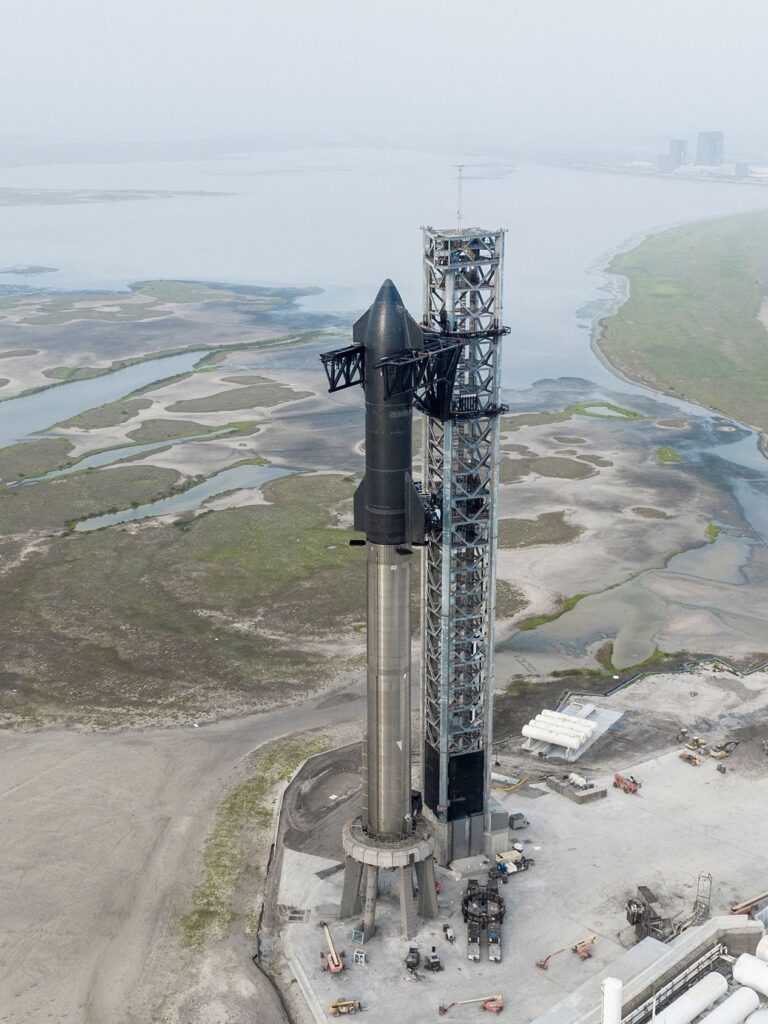
The Rockets’ Sizes
Now that we have the various objectives laid out, it is time to start getting into some of the physical characteristics of each rocket. To start, let’s discuss the sizes of each spacecraft’s components. These are two Super Heavy Lift Vehicles – in LV NASA Classification – so prepare for some pretty massive measurements:
| Saturn V | Starship | |
| Height | 110.6 m (363 ft) | 120 m (394 ft) |
| Diameter | 10.1 m (33 ft) | 9 m (29.5 ft) |
| Mass | ~2,900 tons (6,393,000 lb) | ~5,000 tons (11,023,000 lb) |
| Number of Stages | 3 | 2 |
As you can see, Starship is both taller and heavier. Although, as a little math fun fact, Saturn V’s volume ends up being greater due to its larger diameter. That is if we approximate them to cylinders, which is obviously not exactly the case. Especially, since they both have multiple stages, all of which are different shapes and sizes from each other. And speaking of…
The Stages
Now that the general dimensions are taken care of, it is time to delve a little deeper and examine each rocket’s stages. As the table above shows, Saturn V has 3, while Starship has 2. And given their already differing dimensions, this is where these two rockets really start to diverge from each other.
The First Stages
| S-IC | Super Heavy | |
| Height | 42 m (138 ft) | 69 m (226 ft) |
| Diameter | 10 m (33 ft) | 9 m (29.5 ft) |
| Propellant Capacity | 2,000 t (4,362,000 lb) | 3,400 t (7,500,000 lb) |
| Thrust | 37.8 MN | 74.4 MN |
| Number of Engines | 5 | 33 |
As the table above shows, Starship’s Super Heavy is quite a bit larger than Saturn’s first stage. Other than the diameter everything about it is bigger, including the thrust it can generate. Of course, this is in large part due to the fact that Starship only has two stages to Saturn’s 3. So, it only makes sense that each of them would be larger and more powerful than their Saturn “counterpart”. And I put that in quotations, because can they really even be called counterparts if the number of them is not the same?
Furthermore, these two stages differ in the engines and propellant they use. And these differences are particularly important to point out for the first stages, as they are the rockets’ boosters. For Saturn V, we have the 5 powerful Rocketdyne F-1 engines, which are arranged in a quincunx. What is a quincunx, you may ask? A fancy term for a pattern with 4 engines on the corners of a square and one in the middle. And for Saturn V, these were powered by kerosene and liquid oxygen (LOX).
The Super Heavy part of Starship, on the other hand, has 33 Raptor engines. These are powered by methane (CH4) and LOX. Furthermore — as is the case with the next stage — the Super Heavy is fully reusable, which is another difference between these two first stages.
The Second Stages
| S-II | Starship | |
| Height | 24.87 m (81.6 ft) | 50 m (164 ft) |
| Diameter | 10 m (33 ft) | 9 m (29.5 ft) |
| Propellant Capacity | 444 t (1 Mlb) | 1,200 t (2.6 Mlb) |
| Thrust | 4.9 MN | 14.7 MN |
| Number of Engines | 5 | 6 |
| Payload Capacity | 100-150 t (220-330 Mlb) |
Once again, Starship’s second stage is much bigger than its Saturn counterpart. It is also different in that this is the part that determines the payload capacity for the rocket, while Saturn V’s is determined by its third stage. And because of that, I made the executive decision to include the Starship numbers for the table with said third stage. And to put the payload capacity in that table too.
However, going back to the second stages, Saturn V comes in with 5 engines once again. And while they are still Rocketdyne ones, they are J-2 engines. As for their propellant, these 5 burned both LOX and LH2 (liquid hydrogen).
Starship, on the other hand, has 6 Raptor engines. While this number is much less than what we saw with the Super Heavy stage, 3 of these specialize in functioning in outer space. Which, of course, is part of the idea of using this rocket to bring man to Mars. The propellant used by these engines is the same as that found in Super Heavy, LOX and methane. Also, just like Super Heavy, Starship is made to be fully reusable.
The Third Stage(s)
| S-IVB | Starship | |
| Height | 17.86 m (58.6 ft) | 50 m (164 ft) |
| Diameter | 6.6 m (21.7 ft) | 9 m (29.5 ft) |
| Propellant Capacity | 109 t (239,000 lb) | 1,200 t (2.6 Mlb) |
| Thrust | 14.7 MN | |
| Number of Engines | 1 | 6 |
| Payload Capacity | 130 t | 100-150 t (220-330 Mlb) |
While I do not need to cover the Starship stage again, it is still important to discuss the final stage of Saturn V. While this is the smallest of the three, it is also the one that placed the Apollo spacecraft — as well as the instrument unit containing the guidance system — into orbit. So, this is quite the important piece of machinery.
It utilizes the same type of engine as the ones found on Saturn’s second stage. However, the third stage only has one J-2 engine. As for the propellant, S-IVB uses the same components as S-II, LOX and LH2. And using the technical “names” for these stages in the same sentence once was enough for me to decide that identifying them as the second and third stages throughout the rest of the capsule was, indeed, the right choice.
Until Next Time
That brings us to the end of another one of our technical capsules. I hope you all enjoyed learning more about how these two titans of the space industry compare to each other. Next week will be another installment of our “important space programs” series, so make sure to tune in for that. Especially, since I will maybe have a better name for it than the “important space programs” series. “See you” all then, right here, at impulso.space.
